A small village near the Palakkad-Coimbatore highway has gained fame for one remarkable dish—an idli. But what makes it so special? That was the question in my mind when I first heard about it. The answer was fascinating: this idli is unique to Ramasseri, available only in this village, and unlike the traditional round, fluffy idli, it resembles a mini dosa.
Curious to uncover the mystery behind this rare dish, I traveled to Ramasseri. What I discovered was a culinary tradition deeply rooted in the customs of a small community that continues to preserve an age-old recipe passed down through generations.
A Legacy of the Mudaliar Community
Ramasseri is predominantly home to the Mudaliar community, who migrated from Kanchipuram and nearby parts of Tamil Nadu around 200 years ago. They settled in this small village, bringing with them a unique tradition—the art of making a special idli. Over time, they began selling these idlis in small roadside shops, and as word spread, food lovers from nearby regions flocked to taste them. Today, Ramasseri is known far and wide, thanks to this idli.
What Makes Ramasseri Idli Unique?
Despite having the same core ingredients as a regular idli—rice, urad dal, fenugreek seeds, and salt—Ramasseri Idli stands apart in taste, texture, and preparation. The traditional steaming process is what gives it its distinct character.
The batter is poured onto a jute mesh placed over the mouth of a steaming pot, which is then covered with a white cloth and another layer of jute mesh. The idlis are slow-cooked over steam, using tamarind wood as fuel, which imparts a subtle, earthy aroma. The process is painstakingly slow, as only one or two idlis can be prepared at a time. The result? A flat, soft idli resembling a mini uthappam, with a unique flavor and an almost melt-in-the-mouth texture.
A Tradition at Risk
Ramasseri Idli is served with sambar, chutney, and chutney powder, and only a handful of families continue to prepare it. A couple of tea shops in the village still sell these idlis, and some are even sent to nearby towns for distribution in select restaurants. However, there is a growing concern among the current generation of makers. They fear that with modernization and changing times, younger members of the community are showing little interest in continuing the trade.
Will this unique idli survive the test of time, or will it vanish like so many other lost culinary traditions? Only time will tell. For now, those who seek an authentic taste of history can still find it in the heart of Ramasseri, where a few dedicated hands continue to keep this legacy alive.
Ramasseri Idli Recipe
Ingredients:
For Idli Batter:
- Raw rice – 1 kg
- Urad dal – 150 gms
- Methi seeds – ½ tsp
- Salt – to taste
Method:
- Wash and soak raw rice, urad dal, and methi seeds in water for about four hours.
- Grind them together to a smooth batter with salt, adding water as required.
- Allow the batter to ferment overnight or for at least 8-10 hours.
- Once fermented, mix the batter gently without disturbing the aeration.
Steaming the Ramasseri Idli:
- Traditionally, Ramasseri Idlis are steamed in earthenware steamers, but you can also use a regular idli steamer.
- Heat water in the steamer. Grease a thin muslin cloth or banana leaf and place it over the steamer plate.
- Pour a ladleful of batter onto the cloth and steam for 7-10 minutes until cooked.
- Carefully lift the idli using wet hands or a spatula.
- Serve hot with sambar, coconut chutney, ulli chutney, or chutney powder mixed with ghee or coconut oil.
Note:
- Ramasseri idlis are thinner, softer, and more porous compared to regular idlis due to their unique steaming technique.
- If possible, try using traditional Ramasseri idli stands for the authentic taste and texture.
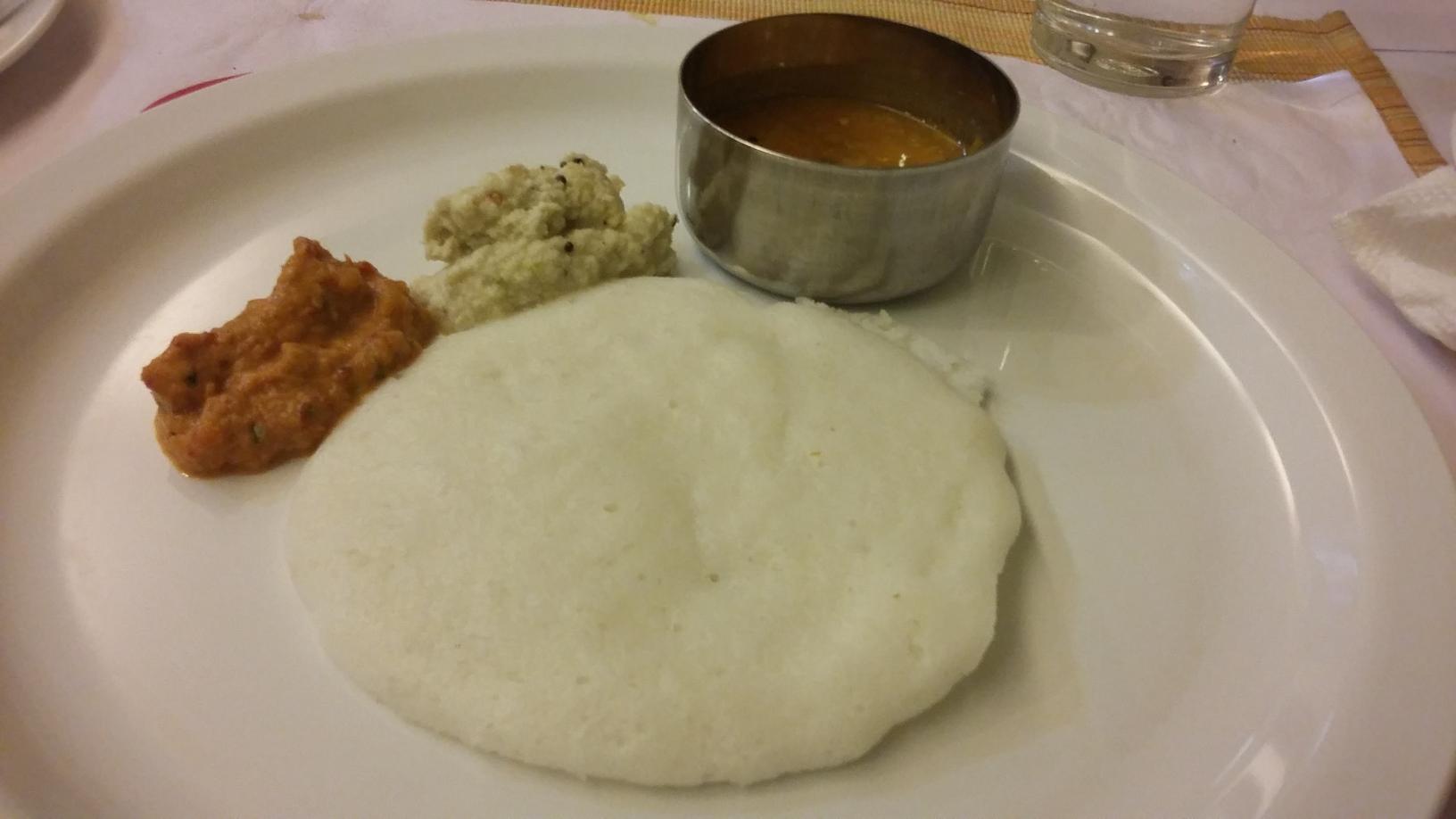
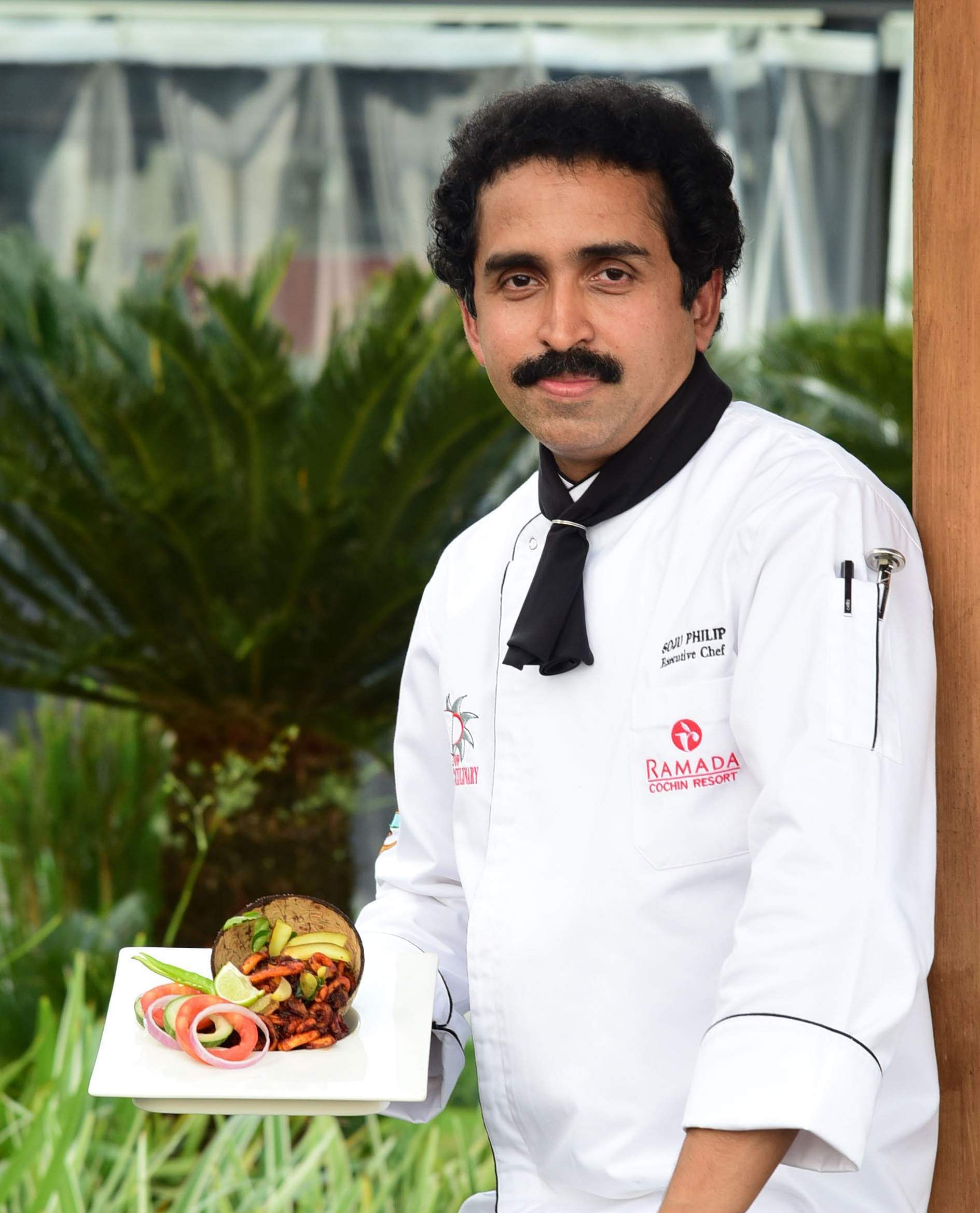
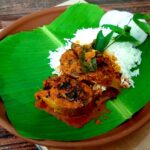
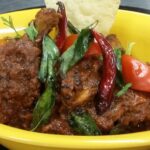
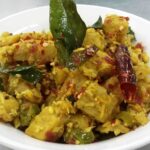
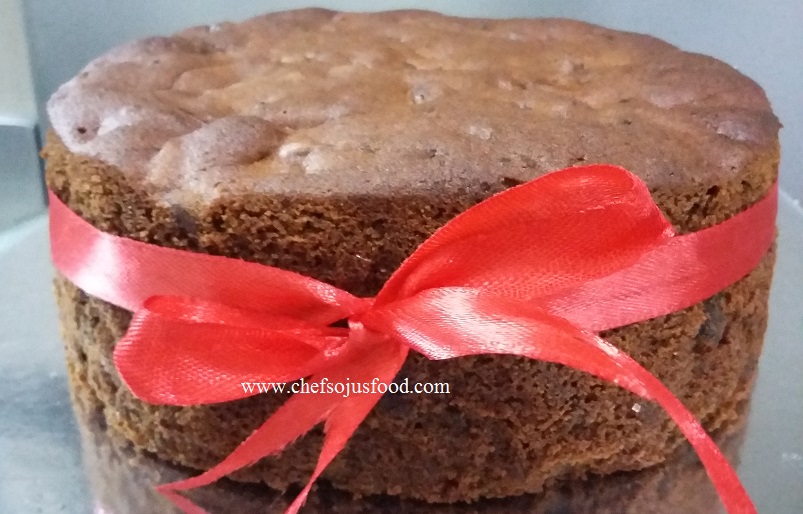
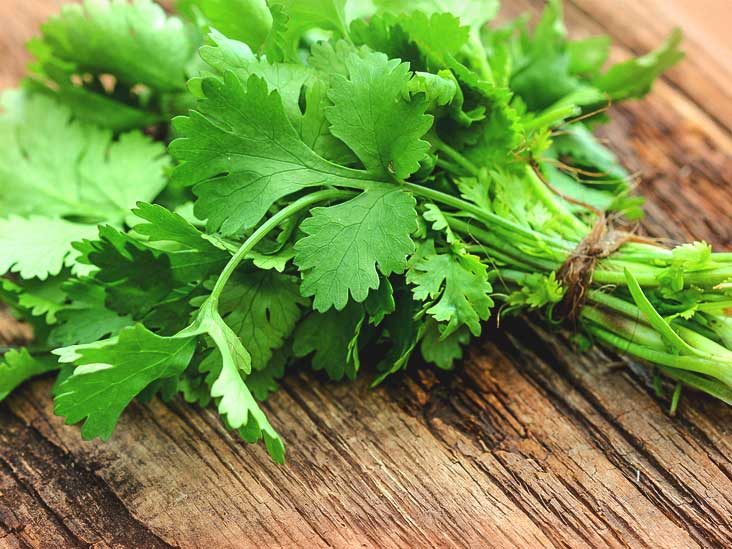
Recent Comments